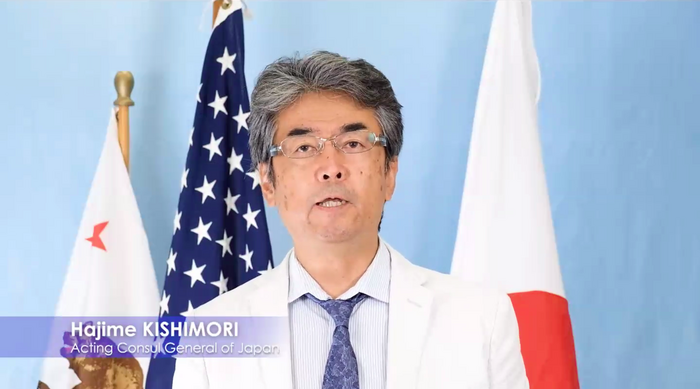Hiroshima Business and Management School Visits the Bay Area
In 2019 at the suggestion and with the support of Hiroshima Prefectural Governor Hidehiko Yuzaki, SPICE launched the Stanford-Hiroshima Collaborative Program on Entrepreneurship (SHCPE), an online course for MBA students that was conceptualized in consultation with the Hiroshima Business and Management School at the Prefectural University of Hiroshima. Yuzaki is an MBA graduate of Stanford Graduate School of Business and has been unwavering in his commitment to encouraging collaboration between Hiroshima Prefecture and Stanford University.
During the week of November 14, 2022, SHCPE Instructors Mariko Yang-Yoshihara and Meiko Kotani welcomed HBMS faculty members Yasuo Tsuchimoto and Narumi Yoshikawa and SHCPE alumni and students to Stanford University. Among the many activities of the week, Yang-Yoshihara and Kotani organized a session that focused on “Comparing the Entrepreneurial Mindset in the U.S. and Japan” that featured student Kai Kaplinsky and comments from Japanese business leaders Toshiko Tassone, Tatsuki Tomita, and Maki Kaplinsky; and a lecture on “Regenerative Medicine for Heart Failure” by cardiologist faculty member Phillip Yang, Stanford University School of Medicine. Also, Tsuchimoto and Yoshikawa organized tours to Google and Cisco and a talk with Japanese entrepreneur Shun Maki.
In addition to Silicon Valley-focused sessions and tours, I led a session called “Before Silicon Valley” that focused on early Japanese immigrants and their contributions to agriculture in Santa Clara County as a way to provide some historical context for the visitors’ understanding of what is now known as Silicon Valley. My grandparents, who were immigrants to the United States from Hiroshima, were migrant farmworkers and sharecroppers in Santa Clara County as well as in many other counties in California before and after World War II.
Yang-Yoshihara and Kotani decided to provide the students and alumni a glimpse into what such contributions to agriculture were like by arranging a visit to Hikari Farms in Watsonville, California. Hikari Farms is an organic greenhouse business that specializes in Asian vegetables. The students were treated to a lecture by Janet Nagamine of Hikari Farms. Janet, who concurrently works as a medical doctor, informed the students and alumni that her father Akira came to the United States in 1956 with only $24.32. He eventually founded A. Nagamine Nursery, which specialized in flowers in 1967, in Watsonville. With the decline of the flower industry in the United States, Akira began to grow vegetables. Janet explained that the recently renamed Hikari Farms is a way for her to connect with her Japanese heritage and to also honor her parents’ decades-long dedication to farming.
During her lecture, Janet explained that she sells not only organic vegetables but also a philosophy about the positive health effects of consuming organic foods. With a father and mother who are 97 and 101 respectively, and the fact that Janet is a medical doctor, her philosophy seemed to resonate among the students and alumni.
In their closing reflections at the end of the week, several of the students and alumni expressed gratitude for the visit to Hikari Farms and to the Nagamines. In all of the years that I have been a part of Japanese visits to the greater Bay Area, I have never accompanied visitors to a farm as a way to provide an appreciation for the historical context of what is now known as Silicon Valley. I am also grateful to the Nagamines as the tour of their farm was like a journey back to my childhood as an agricultural worker.
Read More
Students and alumni of HBMS visit Stanford, Silicon Valley, and Hikari Farms.










 Photo courtesy Junichiro Hirata
Photo courtesy Junichiro Hirata
 Photo courtesy Junichiro Hirata
Photo courtesy Junichiro Hirata












 Child of Migrant Family in Front of Shack, Florida, 1939, by Marion Post Wolcott; photo courtesy Carey Moncaster
Child of Migrant Family in Front of Shack, Florida, 1939, by Marion Post Wolcott; photo courtesy Carey Moncaster







